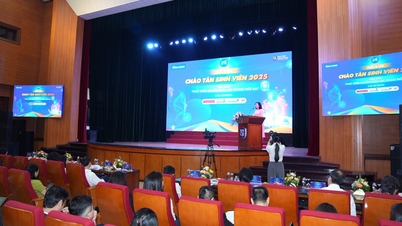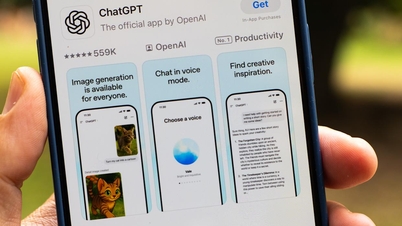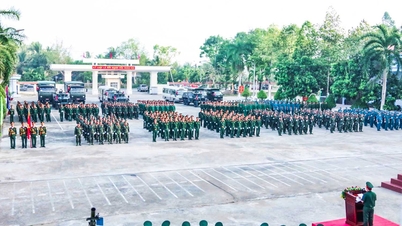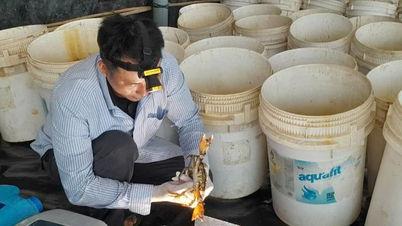
Annotating regions of interest in medical images, a process known as segmentation, is often the first step clinical researchers take when conducting a new study involving biomedical imaging.
For example, to determine how the size of a patient’s hippocampus changes as they age, scientists must map out each hippocampus in a series of brain scans. Given the many structures and types of imaging, this is often a time-consuming manual process, especially when the regions of interest are poorly demarcated.
To simplify this process, MIT researchers have developed an AI-based system that allows scientists to quickly segment new biomedical imaging datasets by clicking, doodling, or drawing boxes on the images. The AI model uses those interactions to predict segmentation.
As the user tags more images, the number of interactions required decreases, eventually dropping to zero. The model can then accurately segment new images without any additional input from the user.
This is possible because the model architecture is specifically designed to leverage information from previously segmented images to make predictions for subsequent images. Unlike other medical image segmentation models, this system allows users to segment the entire dataset without having to repeat the work for each image.
Additionally, this interactive tool does not require a pre-segmented dataset to train, so users do not need machine learning expertise or complex computational resources. They can use the system for a new segmentation task without having to retrain the model.
In the long term, the tool could accelerate research into new treatments and reduce the costs of clinical trials and medical research. It could also be used by doctors to improve the efficiency of clinical applications, such as radiation treatment planning.
“Many scientists may only be able to segment a few images per day for their research because manual segmentation is too time-consuming. We hope this system will open up new scientific opportunities by allowing clinical researchers to conduct studies that they could not do before due to lack of effective tools,” said Hallee Wong, a PhD student in electrical engineering and computer science, lead author of a paper introducing the model.
Segment optimization
There are currently two main methods that researchers use to segment new sets of medical images:
Interactive segmentation: A user inputs an image into the AI system and marks regions of interest. The model predicts a segment based on those interactions. A tool previously developed by the MIT team, ScribblePrompt, allows this to be done, but it must be repeated for each new image.
Task-Based Automatic Segmentation : Build a specialized AI model to automate segmentation. This method requires manually segmenting hundreds of images to create a training dataset, then training the machine learning model. Every time a new task arises, the user has to start this entire complex process again, and if the model is wrong, there is no way to directly edit it.
The new system, MultiverSeg, combines the best of both worlds. It predicts a segment for a new image based on interactions (like doodling) but also saves each segmented image to a context set for later reference.
As users upload new photos and mark them up, the model relies on the context set to make more accurate predictions with less work. The architectural design allows for context sets of any size, making the tool flexible for many applications.
“At some point, for many tasks, you won’t need to provide any additional interaction. If there are enough examples in the context set, the model can accurately predict the segment on its own,” Wong explains.
The model is trained on diverse datasets to ensure that predictions are incrementally improved based on user feedback. Users do not need to retrain the model for new data - simply load new medical images and start labeling.
In comparison tests with other state-of-the-art tools, MultiverSeg outperforms in efficiency and accuracy.
Less work, better results
Unlike existing tools, MultiverSeg requires less input per image. By the 9th image, it only needs 2 clicks to generate a more accurate segmentation than a task-specific model.
With some types of images like X-rays, the user may only need to manually segment 1-2 images before the model is accurate enough to predict the rest.
Interactivity allows users to modify predictions, iterating until they reach the desired accuracy. Compared to the previous system, MultiverSeg achieved 90% accuracy with only 2/3 of the strokes and 3/4 of the clicks.
“With MultiverSeg, users can always add interactions to refine the AI predictions. This still speeds up the process significantly because editing is much faster than starting from scratch,” Wong added.
In the future, the team wants to test the tool in clinical practice, improve based on feedback, and extend its segmentation capabilities to 3D biomedical imaging.
The research was supported in part by Quanta Computer, Inc., the U.S. National Institutes of Health (NIH), and hardware from the Massachusetts Life Sciences Center.
(Source: MIT News)
Source: https://vietnamnet.vn/he-thong-ai-moi-ho-tro-day-nhanh-nghien-cuu-lam-sang-2450462.html







![[Photo] Impressions of the Can Gio Whale Festival](https://vphoto.vietnam.vn/thumb/1200x675/vietnam/resource/IMAGE/2025/10/09/1759984089762_image12334-5642-jpg.webp)




























































































Comment (0)